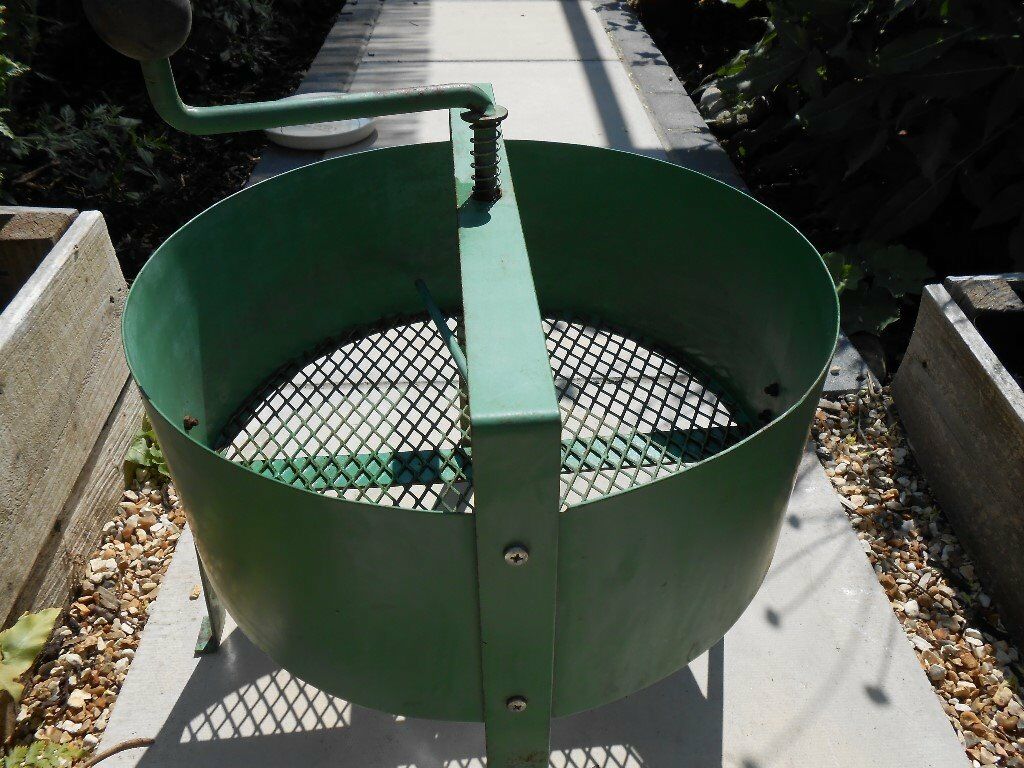Sampling methods
The method used to separate large from small grains or particles
Mobile sieving
Sieve means a utensil consisting of a mesh (at intervals of 2mm) held in a frame, used to separate gravel from the fine fraction of soil. For sieving the following is use: each soil sample must be sieved to separate the <2 mm fraction from any gravel or larger detritus (≥2 mm). If the sample contains a large amount of soil (for example, a composite), sieving should be carried out in small batches to prevent soil loss. The sieve should be gently shaken to allow the soil to pass through. The ≥2 mm fraction that does not pass through the sieve should be collected and set aside. If soil aggregates are present in the ≥2 mm fraction after sieving, the crushing and sieving steps should be repeated. The gravel fraction (≥2 mm) from each core or composite sample must be weighed separately and this mass must be recorded.
Raking
Raking is the other method, mostly used for soil with much vegetation or with large particles like gravel and stones. So the parts removed from the soil are at least 2 mm big
References
- NPR 5741:2015
